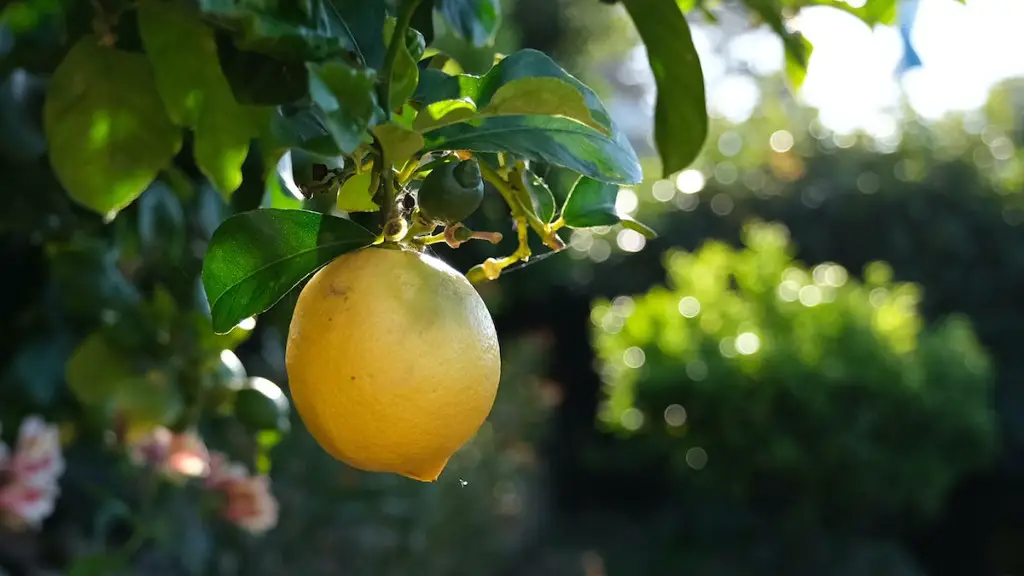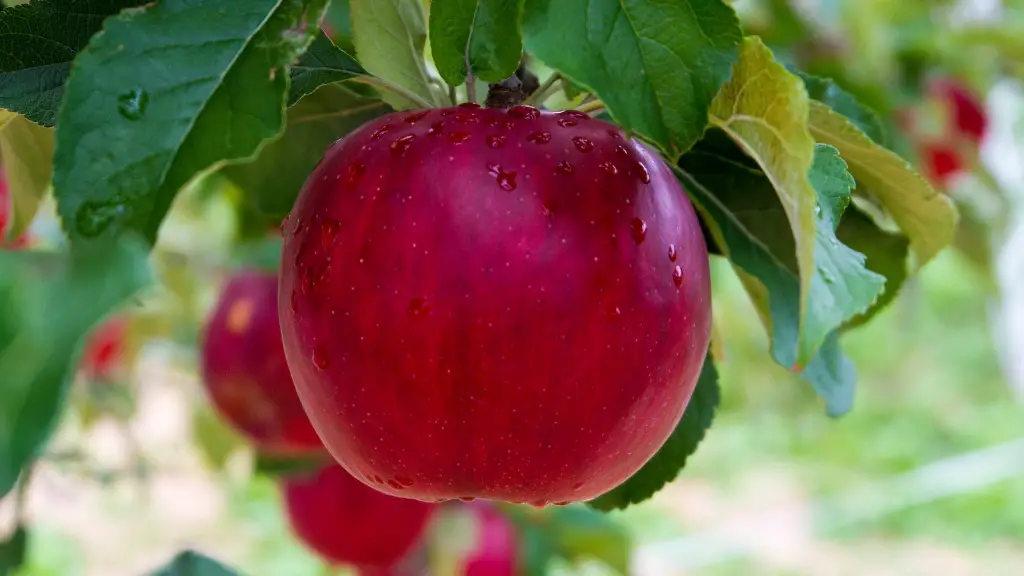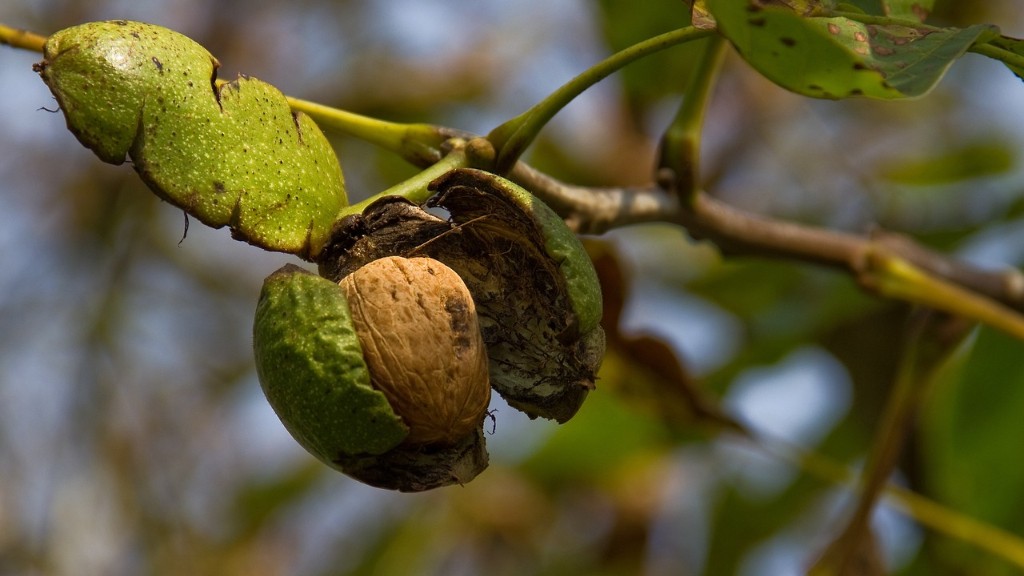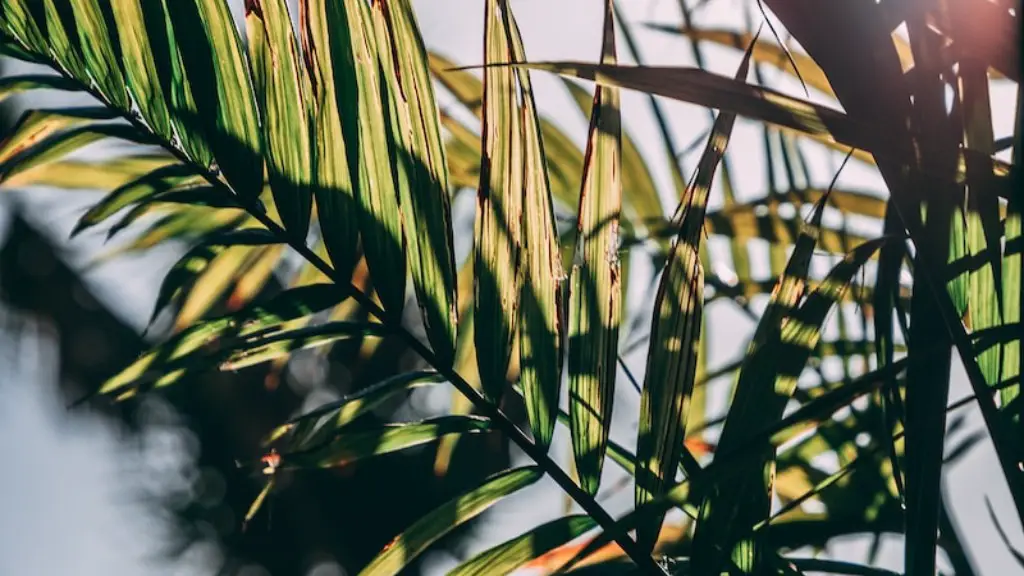Pruning a meyer lemon tree at the right time is essential for its health and productivity. The best time of year to prune a meyer lemon tree is during the winter months, when it’s not actively flowering, but dormancy is ending and new growth is beginning. Pruning a meyer lemon tree during any other time of year can disrupt its blooming cycle, leading to fewer blossoms and, ultimately, fewer fruits.
Before pruning a meyer lemon tree, it’s important to assess the amount of existing foliage and remove any dead, diseased, or damaged wood. It’s best to use sharp pruning shears when trimming out deadwood or shaping, but if a branch is too thick, you may need to use a saw. You also want to consider any dead branches or limbs that may be hanging too low, or may be in need of removal for safety.
When shaping your meyer lemon tree, keep in mind that it should be pruned to an upright, vase-shaped form. This will open up the canopy, encouraging sunlight and air circulation, and promoting optimal fruiting. Additionally, when shaping, try to keep inward and downward-facing branches and remove any branches that are overcrowding each other. Finally, pruning should be kept minimal, as the tree’s aim is to encourage it to take on a natural rather than manicured appearance.
When it comes to pruning a meyer lemon tree, less is more. Even if a lot of shaping is needed for your particular tree, it’s best to spread the pruning out in several stages, spread out over two or three years. This will give the tree time to adjust new growth and settle into its new form. In addition, you should aim to prune your meyer lemon tree in late winter – just before the onset of the spring and summer growing season – as this will put less stress on the tree.
Finally, don’t forget to water your meyer lemon tree and mulch it with a layer of compost once you’ve finished pruning. This will ensure optimal growth and further promote health and productivity.
When to Prune
When it comes to pruning a meyer lemon tree, timing is everything. Ideally, pruning should be done during the winter months when the tree is dormant, but coming out of dormancy with new growth. Pruning during this window of time is important as it will help to shape the tree for the upcoming growing season and will reduce pruning stress for the tree.
When pruning during the winter months, the best time window is from late winter to the onset of spring. Pruning this early will allow the tree ample time to adjust to its new shape and maximize the production of fruits in the following months.
Additionally, remember to spread pruning out over two or three years, as this will help to reduce pruning stress for the tree. Pruning a meyer lemon tree over several stages lets the tree adjust to its new shape and will encourage optimal production of fruits.
Tools and Equipment
Before pruning a meyer lemon tree, it’s important to consider the tools and equipment you’ll need. Pruning shears are ideal for trimming out deadwood, shaping branches and removing overcrowding, while a saw may be necessary for branches and limbs that are too thick to be trimmed by shears.
Additionally, it’s a good idea to inspect your meyer lemon tree before pruning for any signs of dead, diseased, or damaged branches, and to use protective clothing like goggles, work gloves and closed-toe shoes. Taking the time to inspect your tree and to assess the amount of existing foliage will help you to make informed decisions prior to pruning.
Finally, it’s important to remember to use sharp pruning shears when pruning, as this will reduce the amount of stress on the tree, and help to ensure better quality pruning results. If you find yourself pushing or forcing the shears, then it’s time to sharpen them.
Purpose of Pruning
When pruning a meyer lemon tree, always remember that its main purpose is to promote health and productivity. The aim should be to open up the canopy of the tree, encouraging air and light circulation as much as possible, and to shape the tree into an upright, vase-like form. All pruning should be kept minimal, as the aim is to encourage a natural look and to not disrupt the flow of existing foliage.
In addition, it’s important to remember to remove any dead or diseased branches or limbs, as any deadwood will only lead to the spread of disease and damage to the tree. Removing any low-hanging branches is also important for safety purposes, as well as for the health of the tree.
Finally, always remember to water your meyer lemon tree and to mulch it with a layer of compost once pruning is complete. Doing this will help to improve the soil of the tree and will increase the overall health and productivity of the plant.
Take Small Steps
When it comes to pruning a meyer lemon tree, taking small steps is always better than taking large ones. Even if a lot of shaping is needed for your tree, it’s best to spread the pruning out to reduce stress and to ensure optimal levels of health and productivity.
In addition, remember to focus on the purpose of pruning: to encourage health and productivity by opening up the canopy of the tree and encouraging air and light circulation, and shaping the tree into an upright, vase-like form. All pruning should be kept minimal, and any diseased, dead, and damaged wood should always be removed.
Finally, pruning is only half of the job. Don’t forget to water your tree and mulch it with a layer of compost to ensure optimal health and growth of the meyer lemon tree.



